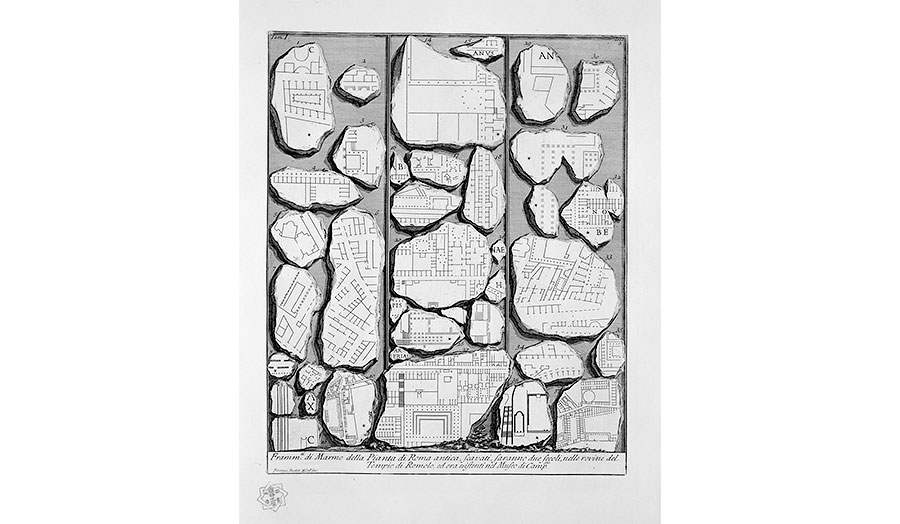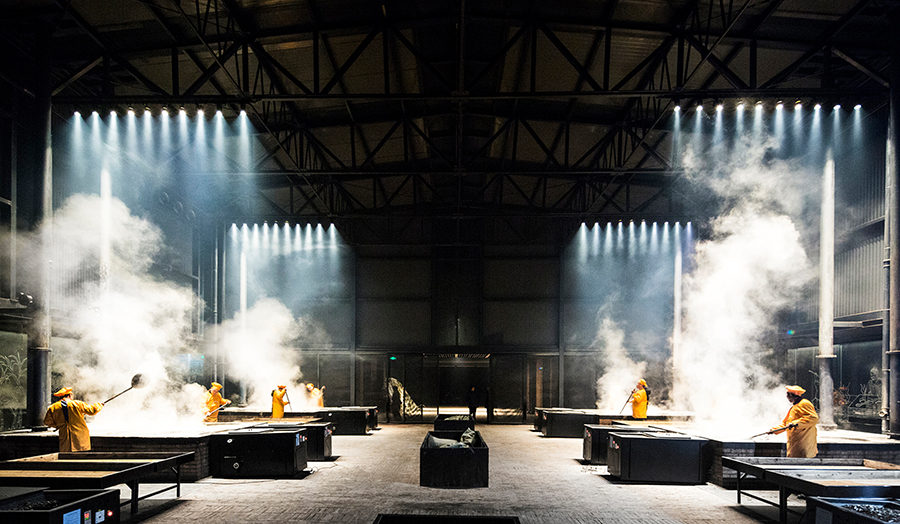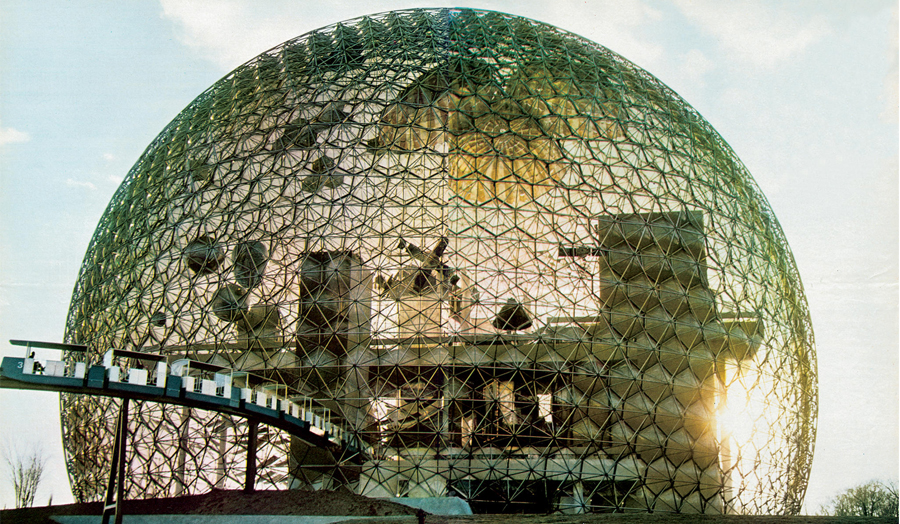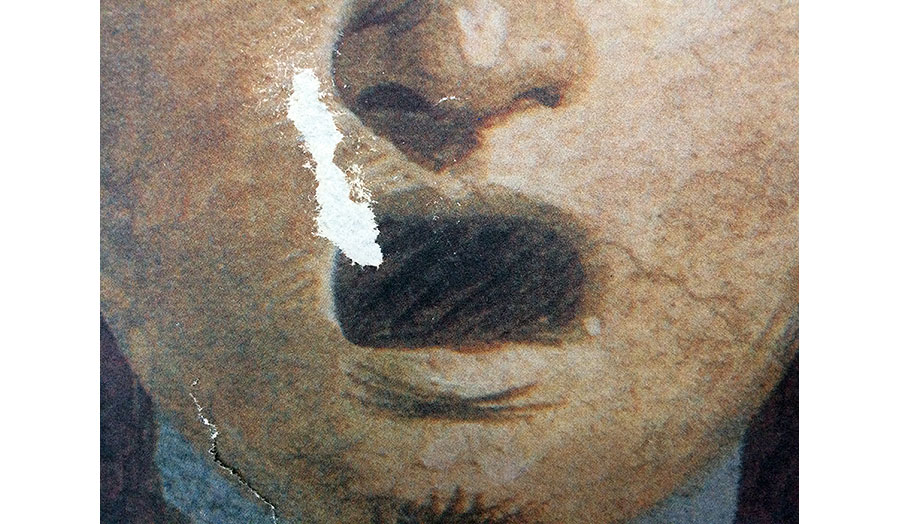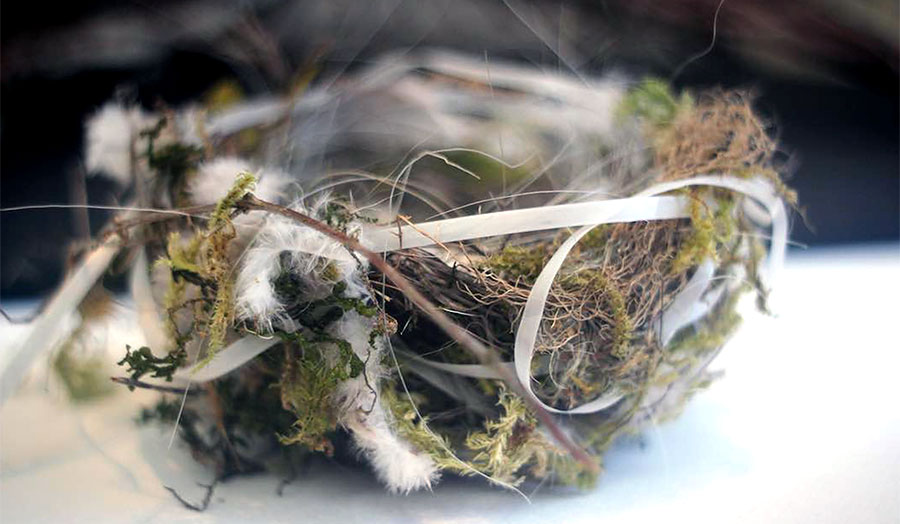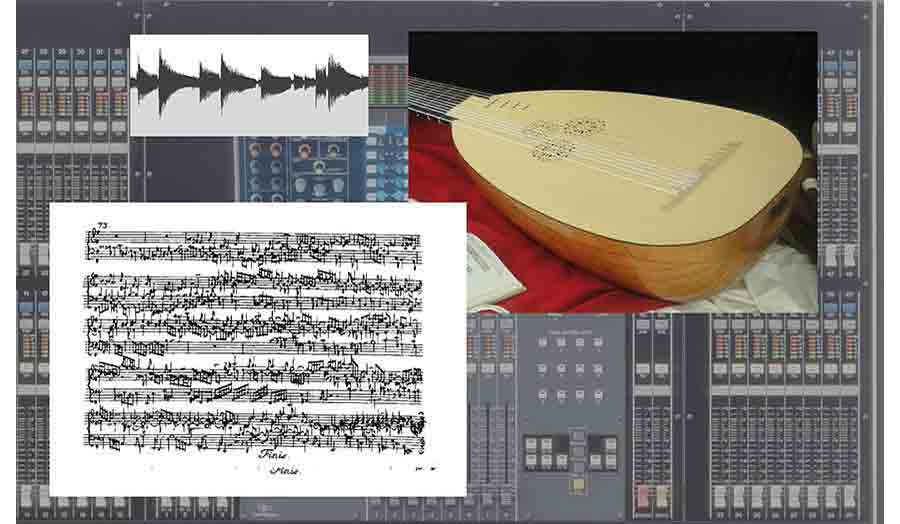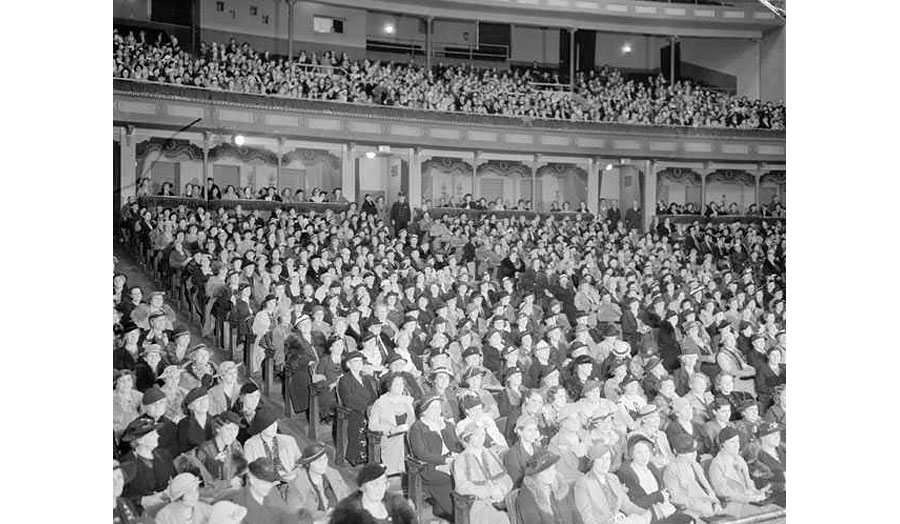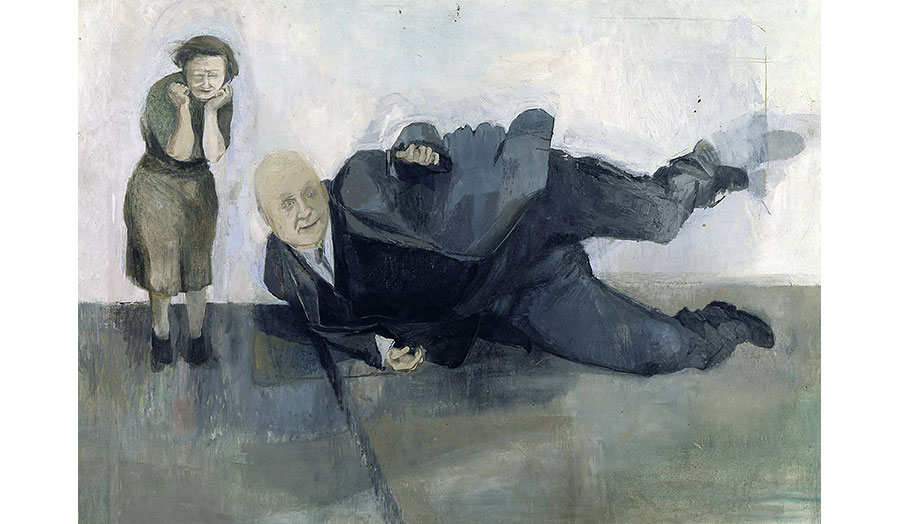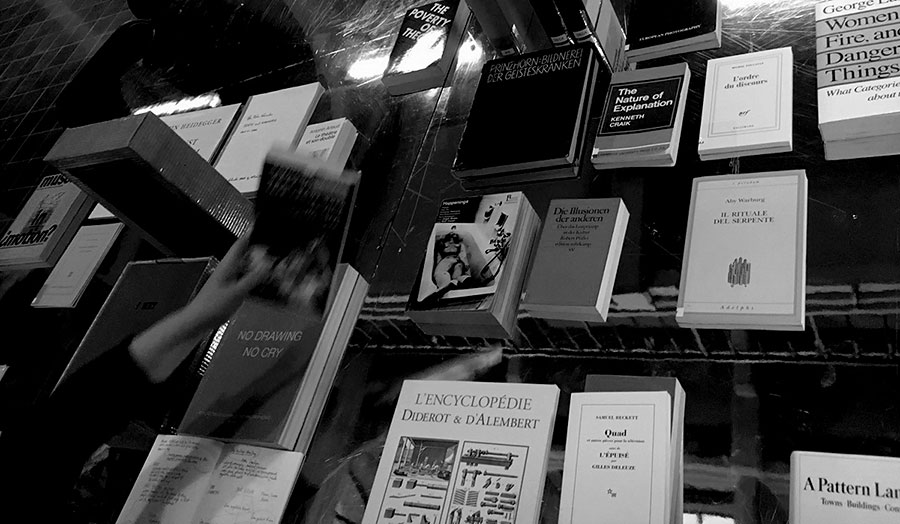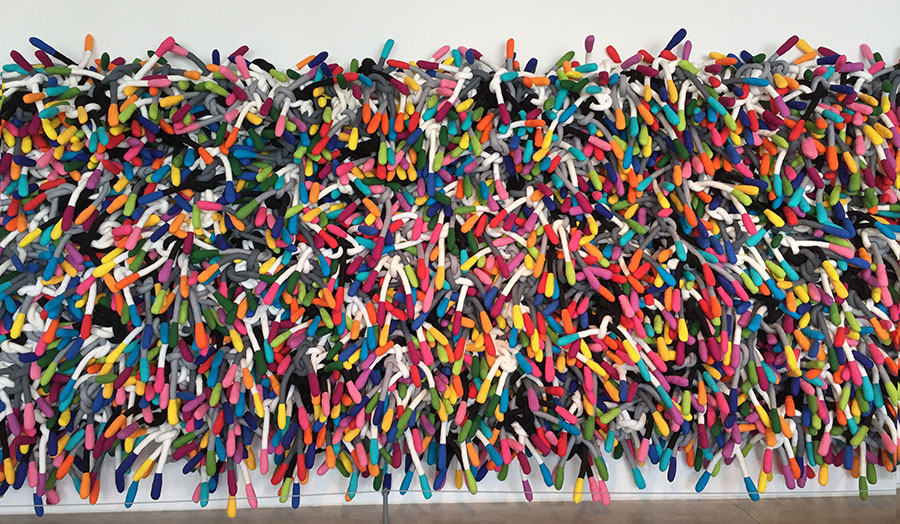Studio brief
In Studio 2 we will explore environmental topics through the lens of art, architecture, spatial practice, media and design disciplines. It will foster alternative ways of thinking about our place in nature, our relationship to nonhumans, the interrelations between ecology, economy and labour, the politics of self-determination and territoriality, the violence of extraction and environmental crimes. While focused on art, architecture and design methodologies, the studio will be in dialogue with environmental humanities, history, international law, continental philosophy, fiction, geography, anthropology, indigenous politics, science and technology studies (STS) and other disciplines and radical thought.
Students will be encouraged to investigate topics that have an intellectual depth and real-world relevance such as those that address the historical and contemporary challenges of climate change, pollution, biodiversity and environmental justice. As we move towards developing individual dissertation topics we will look at a series of geographically distributed case studies, with a special attention to the global ocean, in the process uncovering histories of science and colonialism, nature and power. Given that oceans and islands, for example, in the Pacific are at the frontiers of climate change, we will examine how the arts and humanities can offer new analytical tools, narratives and strategies for raising public awareness and political action. Teaching will take place primarily through seminars, workshops, field trips, listening sessions, screenings and case studies. You'll be expected to attend events taking place in London throughout the year related to the broad and diverse themes covered in the studio.
Outline of the first seven weeks of study
- Week 1: Introduction and organisational meeting
- Week 2: Theories/contemporary ecology
- Week 3: Site introduction
- Week 4: Interdisciplinary research methods
- Week 5: Field trip to the Thames Estuary
- Week 6: Theories/politics and spatial practice
- Week 7: Case study with guests
Indicative bibliography
- Michael Wheeler (ed.), Ruskin and Environment: The Storm-Cloud of the Nineteenth Century. Manchester: Manchester University Press, 1995.
- WJT Mitchell, Landscape and Power. Chicago: Chicago University Press, 1994.
- Donna Haraway, When Species Meet. Minneapolis: University of Minnesota Press, 2008.
- Gregory Bateson, "Metalogue – What is an Instinct?", in Steps to an Ecology of Mind. Jason Aronson: New Jersey, 1987.
- Bill McKibben. “From The End of Nature.” The Norton Book of Nature Writing. Robert Finch & John Elder, eds. New York: Norton & Company, 2002.
- Claude Levi-Strauss. “Categories, Elements, Species, Numbers.” The Savage Mind. Hertfordshire: Garden City Press, 1966.
- Eduardo Kohn. “Trans-Species Pidgins.” How Forests Think: Toward an Anthropology Beyond the Human. Berkeley: University of California Press, 2013.
- Andreas Malm. "The Anthropocene Myth". Jacobin. March 2013.
- David Harvey. "On Architects, bees, and species-being". Spaces of Hope. Edinburgh: Edinburgh University Press, 2000.
- Naomi Klein. "Introduction". This Changes Everything: Capitalism vs. The Climate. Toronto: Knopf, 2014.
- TJ Demos. Against the Anthropocene: Visual Culture and Environment today. Berlin: Sternberg Press, 2016.
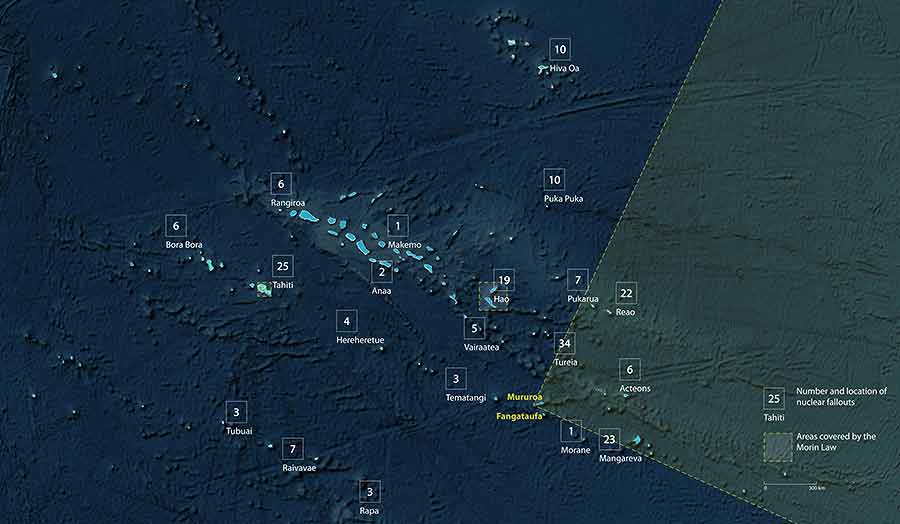
Details
| Tutor | Nabil Ahmed |
|---|


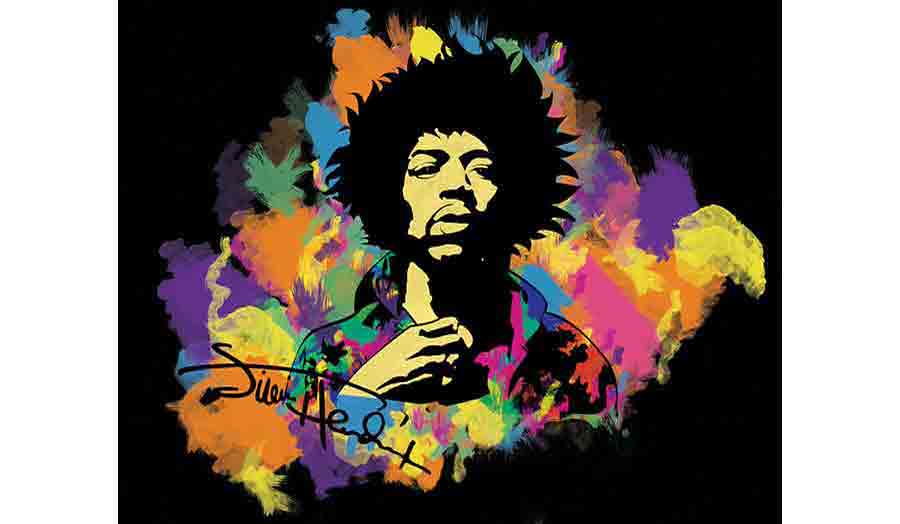
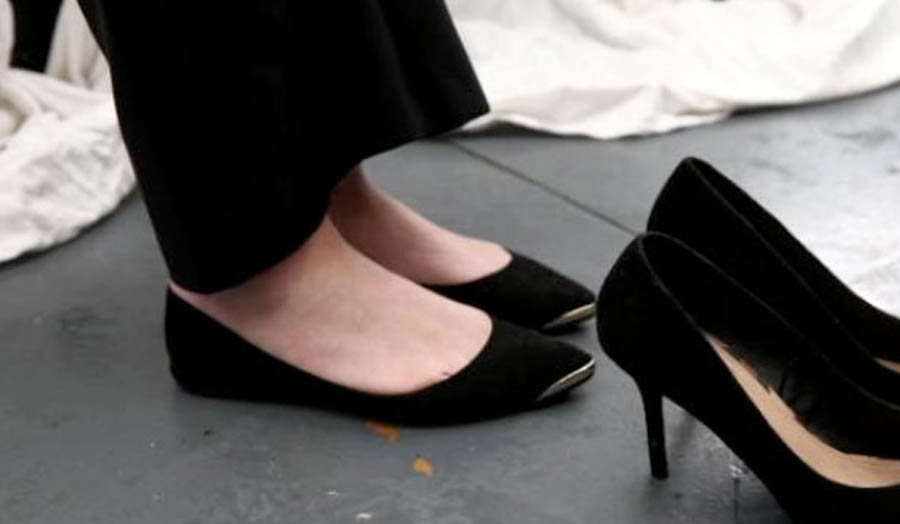
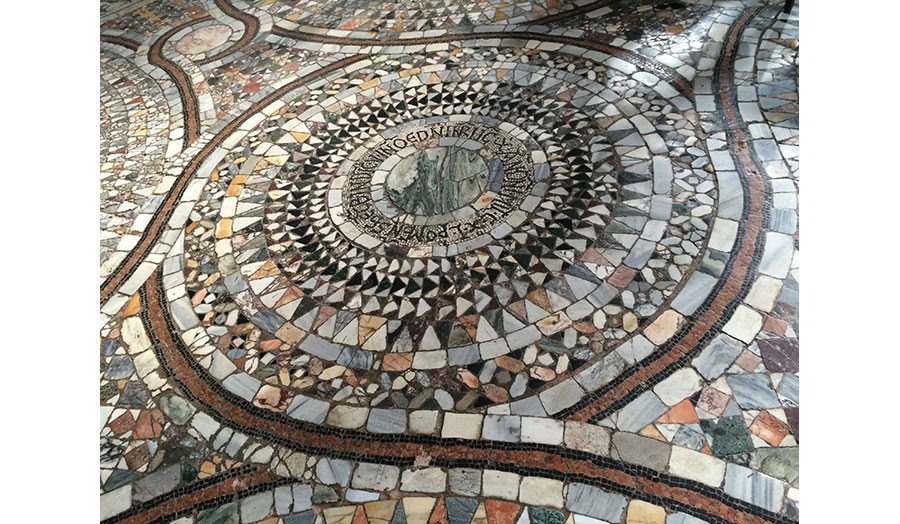
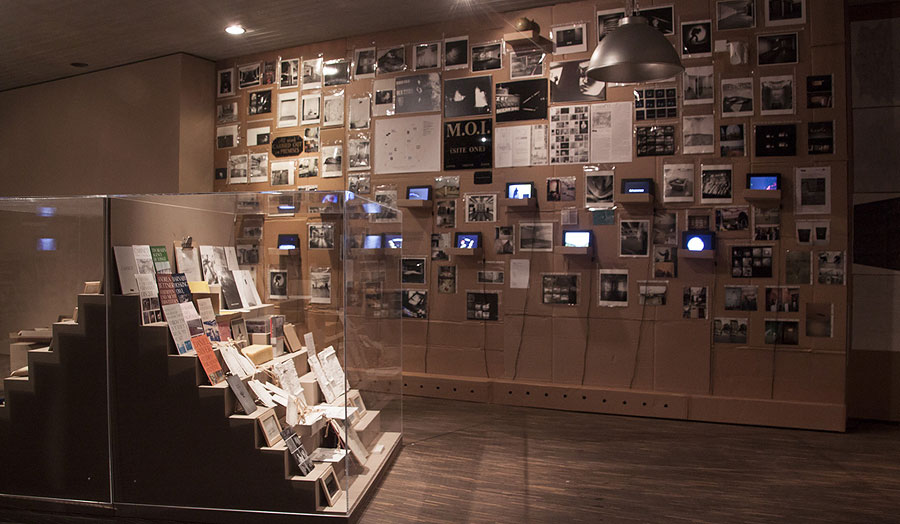
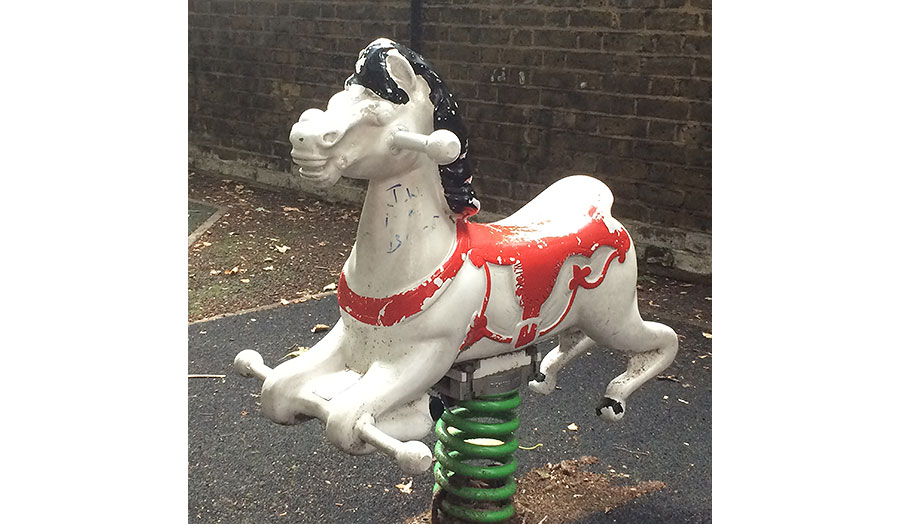

-(1).jpg)
